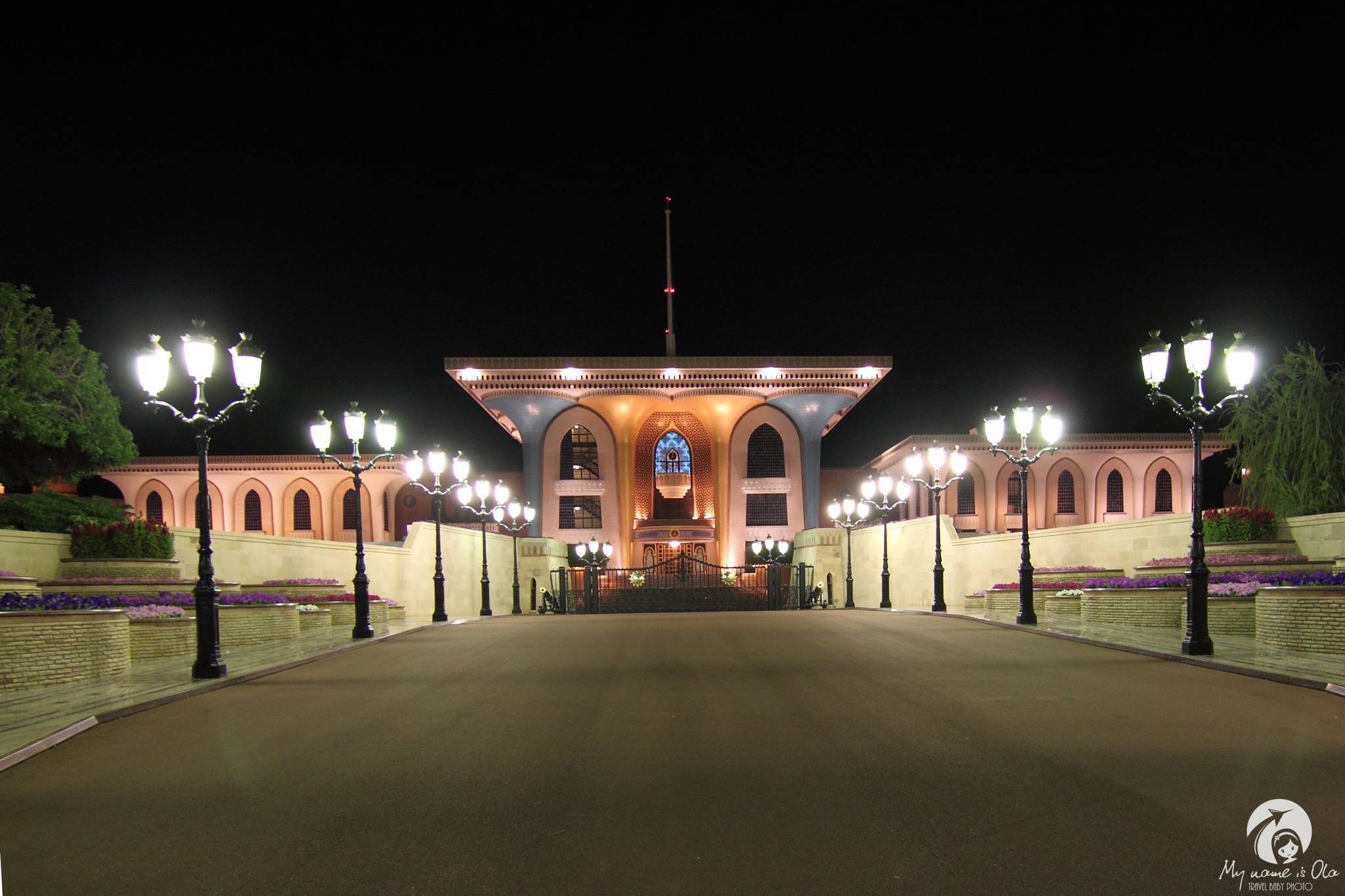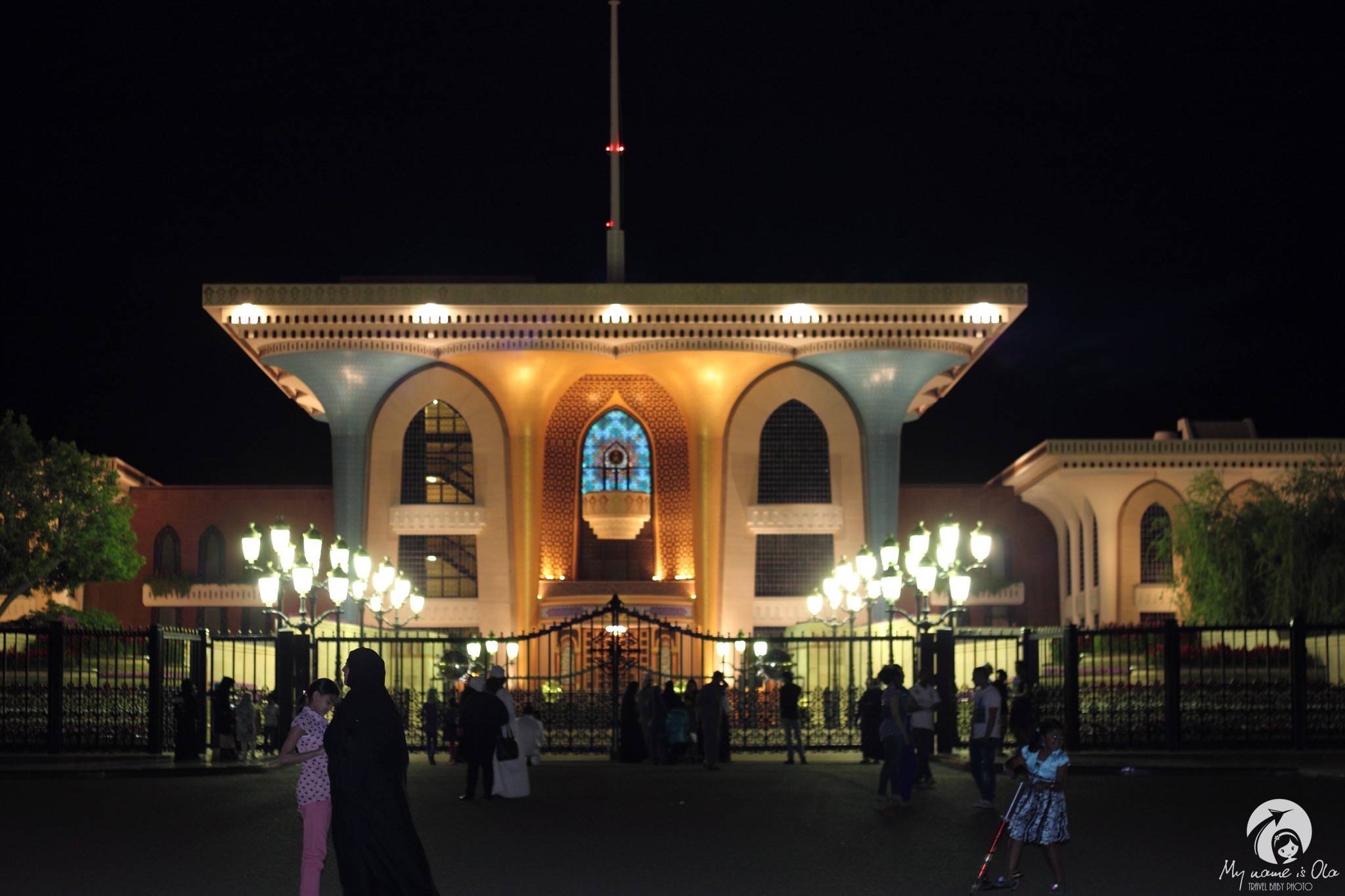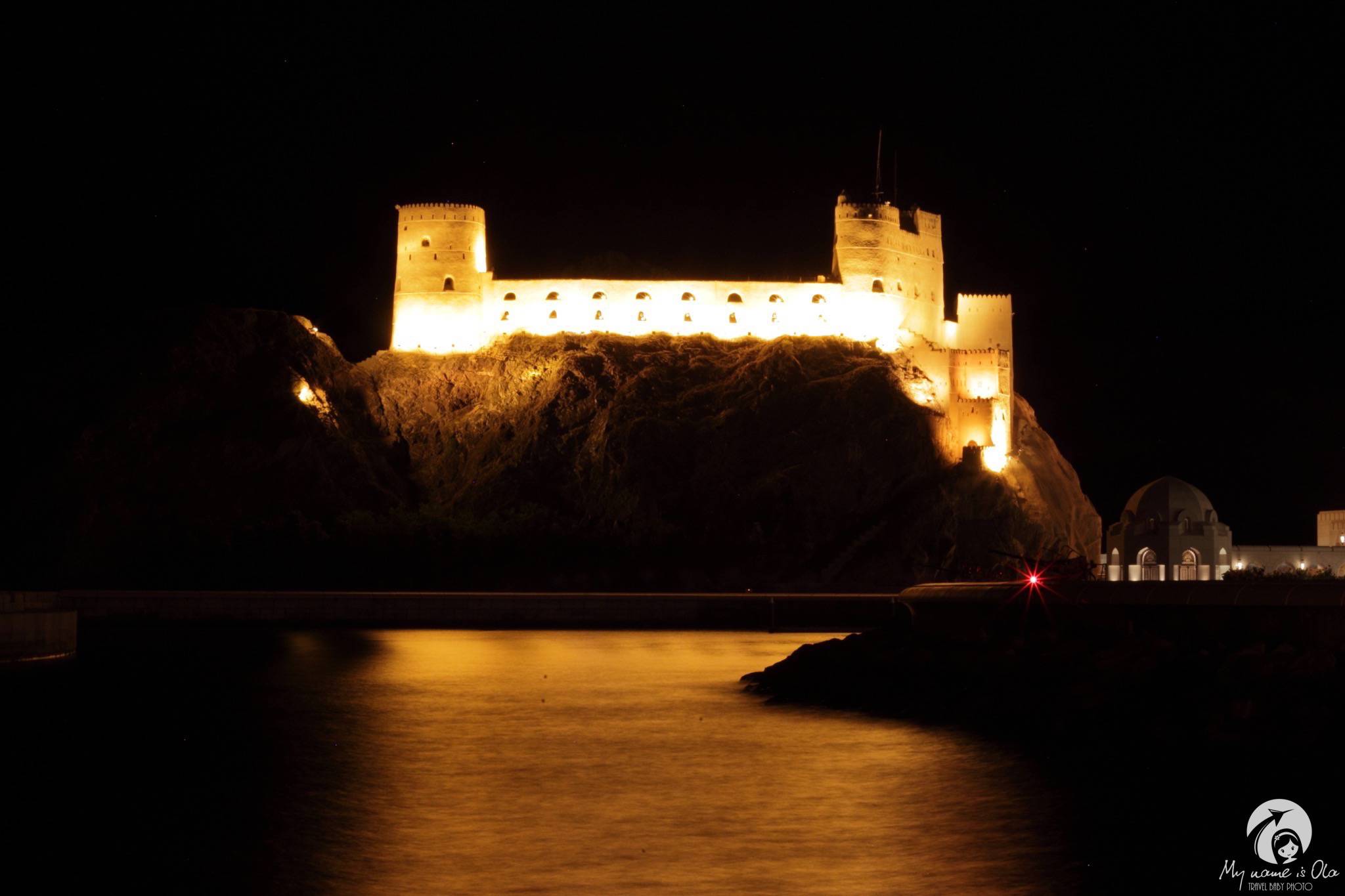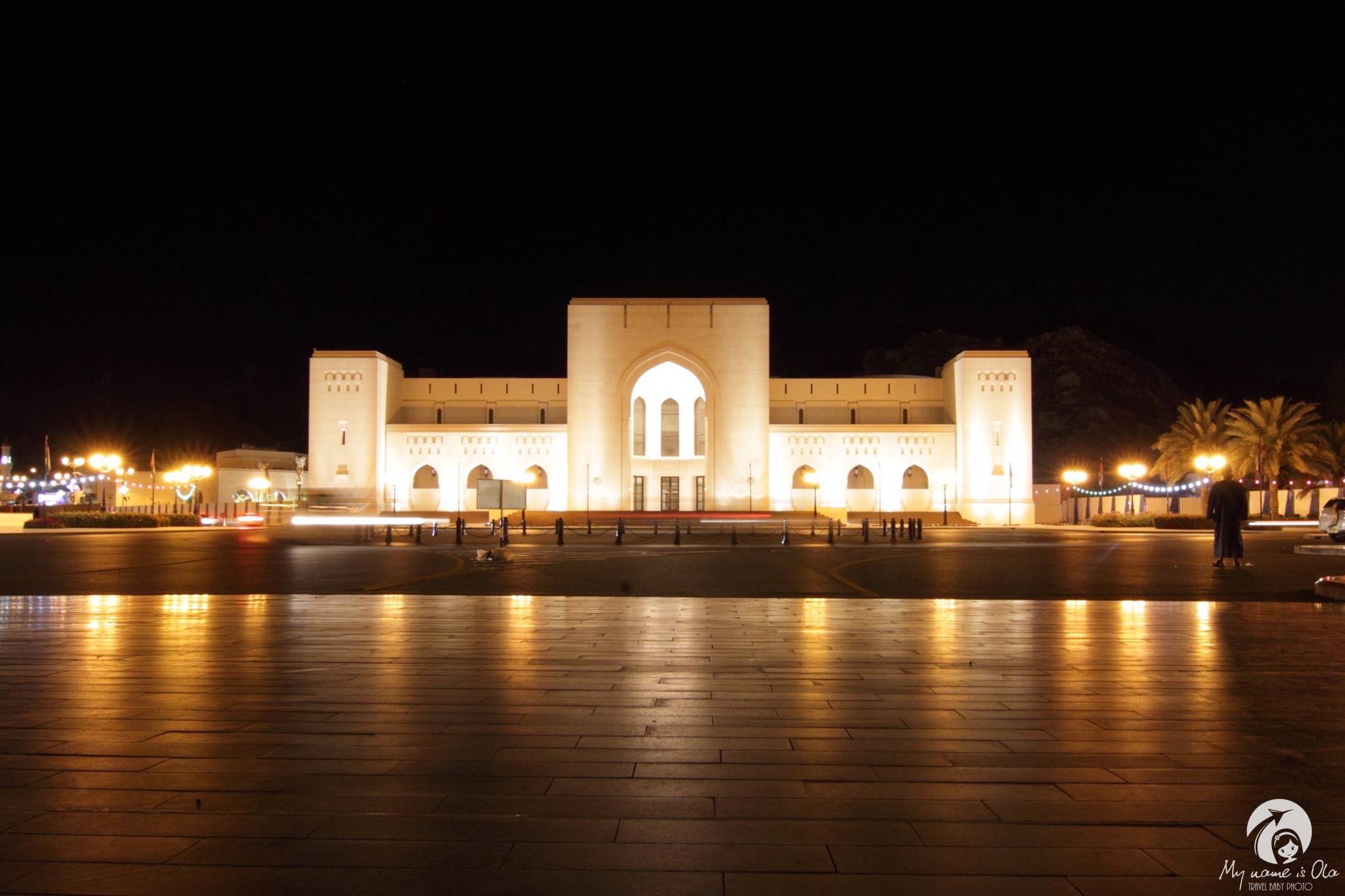1. As Europeans we are used to complaining about high level of gas prices. In Oman we felt like in gas heaven (where we actually were!). We knew that gas was cheap in the Gulf area but imagine only that for 9 euro we ot almost full tank! Exactly 33 liters for 9 euro. That is even cheaper than water!
Useful information: they do not accept credit cards on gas stations in Oman so always be prepared to pay cash.
2. The thing that made us smile was a solution used in Mohammed Al Ameen Mosque (Bahawan Mosque) in Muscat. Mosque itself – a piece of art. Built of snow-white stone, crowned with phenomenal lace like domes. Since we arrived there outside visiting hours, we had to use stuff courtesy to visit the interior. So only mom was let inside to see the female praying room. And there it was – the women wanting to participate in service have to watch it on tv. There are couple flat screen tv’s set against the wall and this is how women follow the servise. We haven’t seen such thing never before, it has always been a windowh through which women looked at the main prayers hall. Is it single case or popular solution, we don’t know. Good or bad, it’s not us to judge. It just made us smile how modern technology can serve tradition.
[photosetgrid layout=”5″]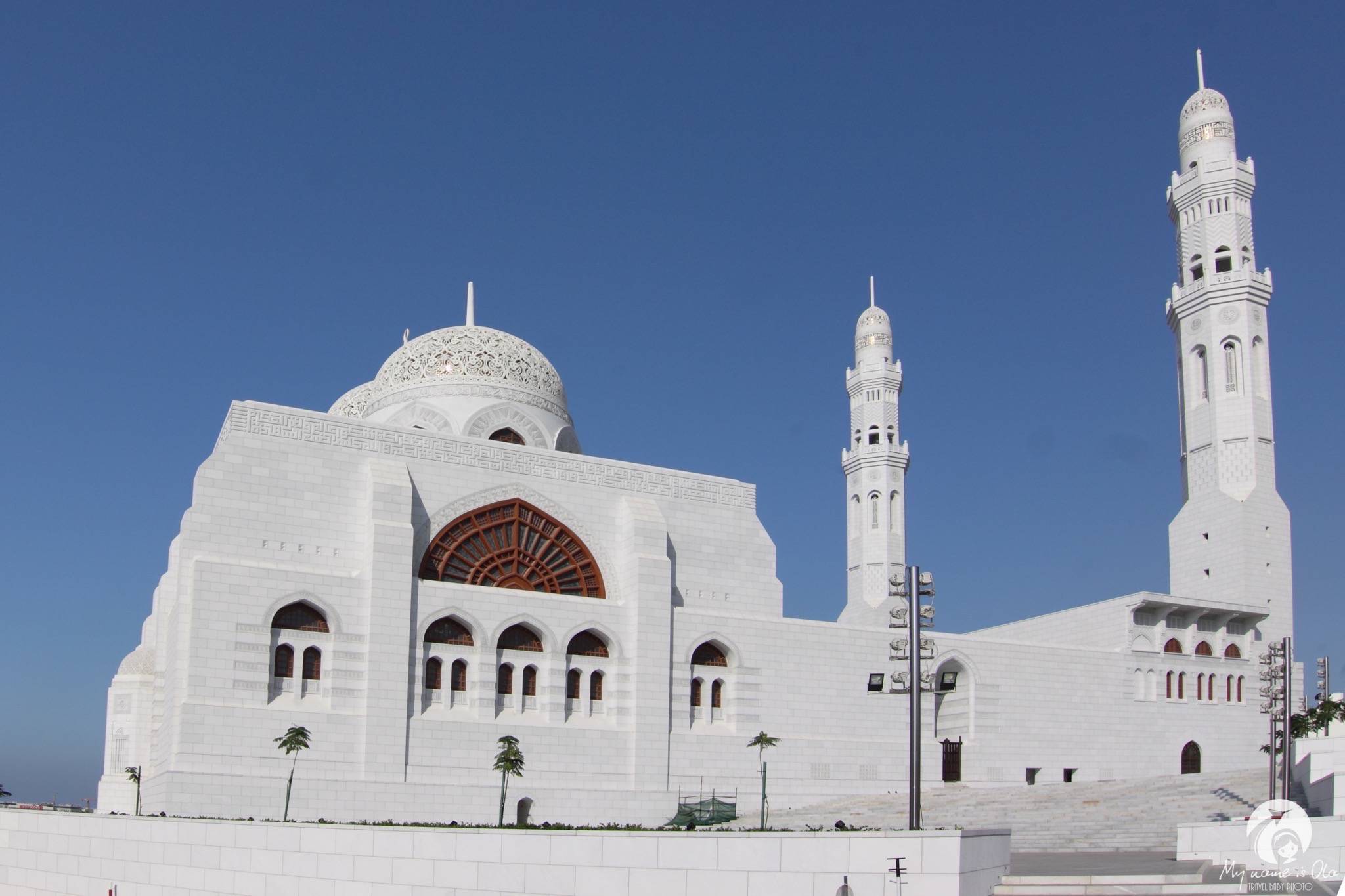



 [/photosetgrid]
[/photosetgrid]
3. In muslim countries the most important information throughout the day and in any place is the direction of Mecca. The religion requires its followers to do the pray 5 times a day towards the Holy City. Public places provide such information for the convenience of believers. On board of Arabic airlines the direction is presented on the screens and Holly Quran is avaliable in flight entertainment system.
[photosetgrid layout=”2″]
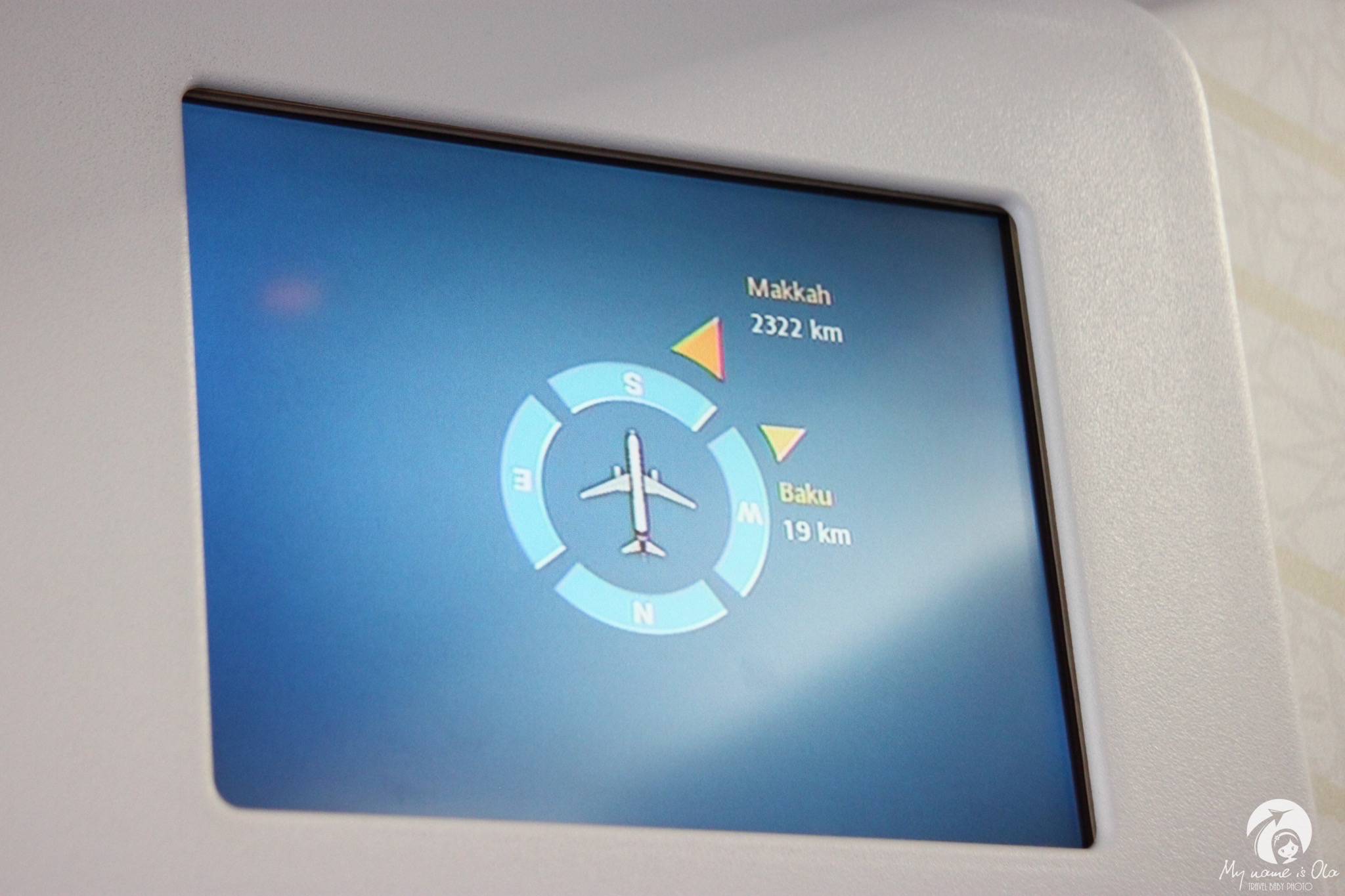
[/photosetgrid]
Hotel rooms have those litte signs in the corners, on the ceiling or on the desks. Whoever is looking for it will find it, all the others might not even notice.

What is more for the comfort of their guests hotels equip the rooms with prayer rug and the Holly Quran. The prayer rug in Arabic is called sajjada or musallah. It’s not necessary to do the pray but it must be appreciated when it’s found the room.
4. Oman is a natural habitat for camels and their breeding has long tradition there. Those animals have accompanied Omanis for ages. Even today they are kept on farms or trained for races. Although there are no longer wild camels in this area we should beware of them on the road.

Passing this sign we of course thought that it probably doesn’t happen any more to see the camel crossing the road. In the same moment we saw a couple in the bushes.
5. The most true and authentic place we visited in Oman was a fish market in Barka village. The place we found by chance amazed us by huge variety of fish. All of them freshly caught, freshly gutted, being bought by locals. We were the only tourists there. All the others were Omanis doing they everyday shopping.
[photosetgrid layout=”253″]






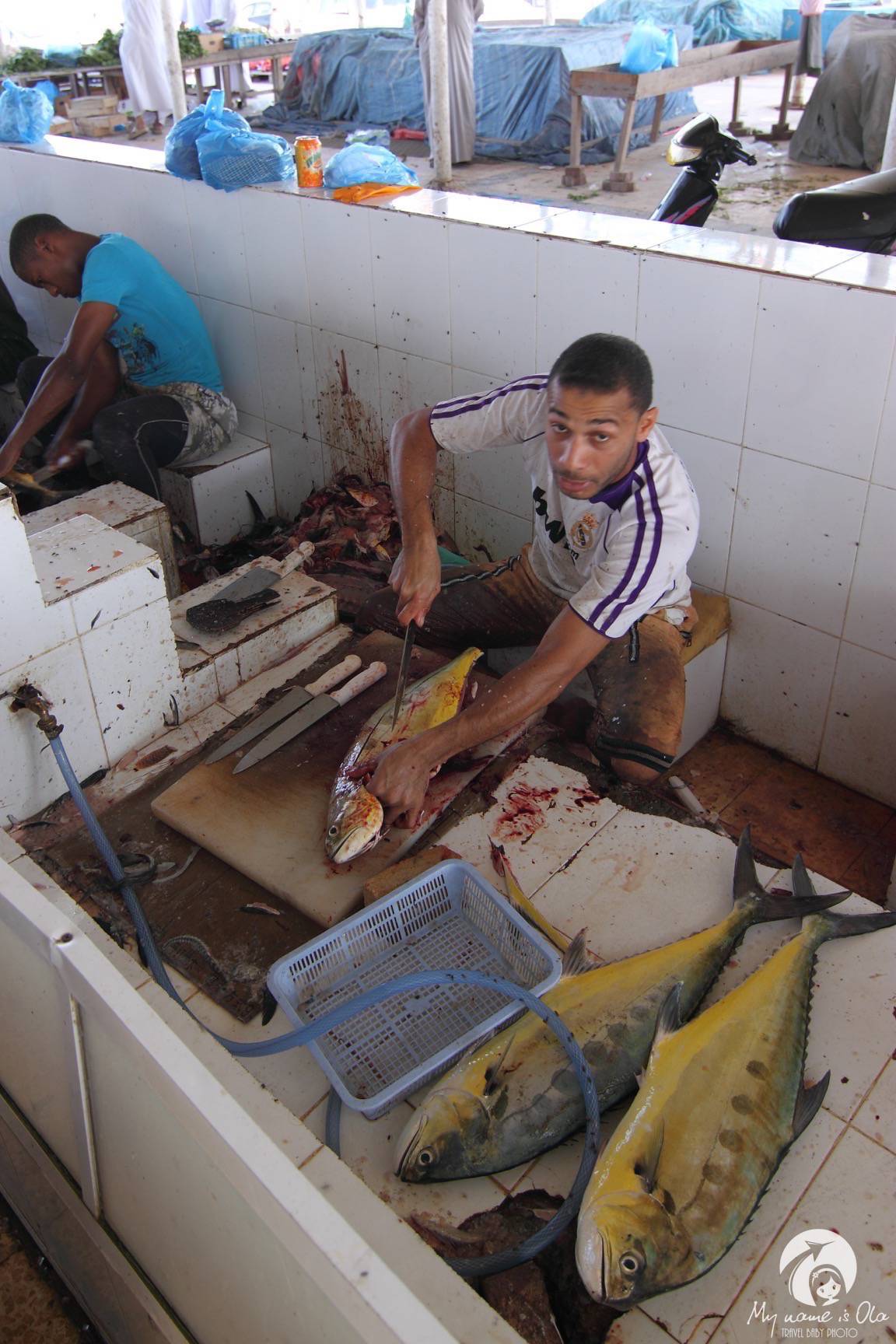

 [/photosetgrid]
[/photosetgrid]
Besides the market there is also 17-18th century fort in Barka. The unique feature is octagonal tower in the back, in addition to other regular round towers.
[photosetgrid layout=”12″]

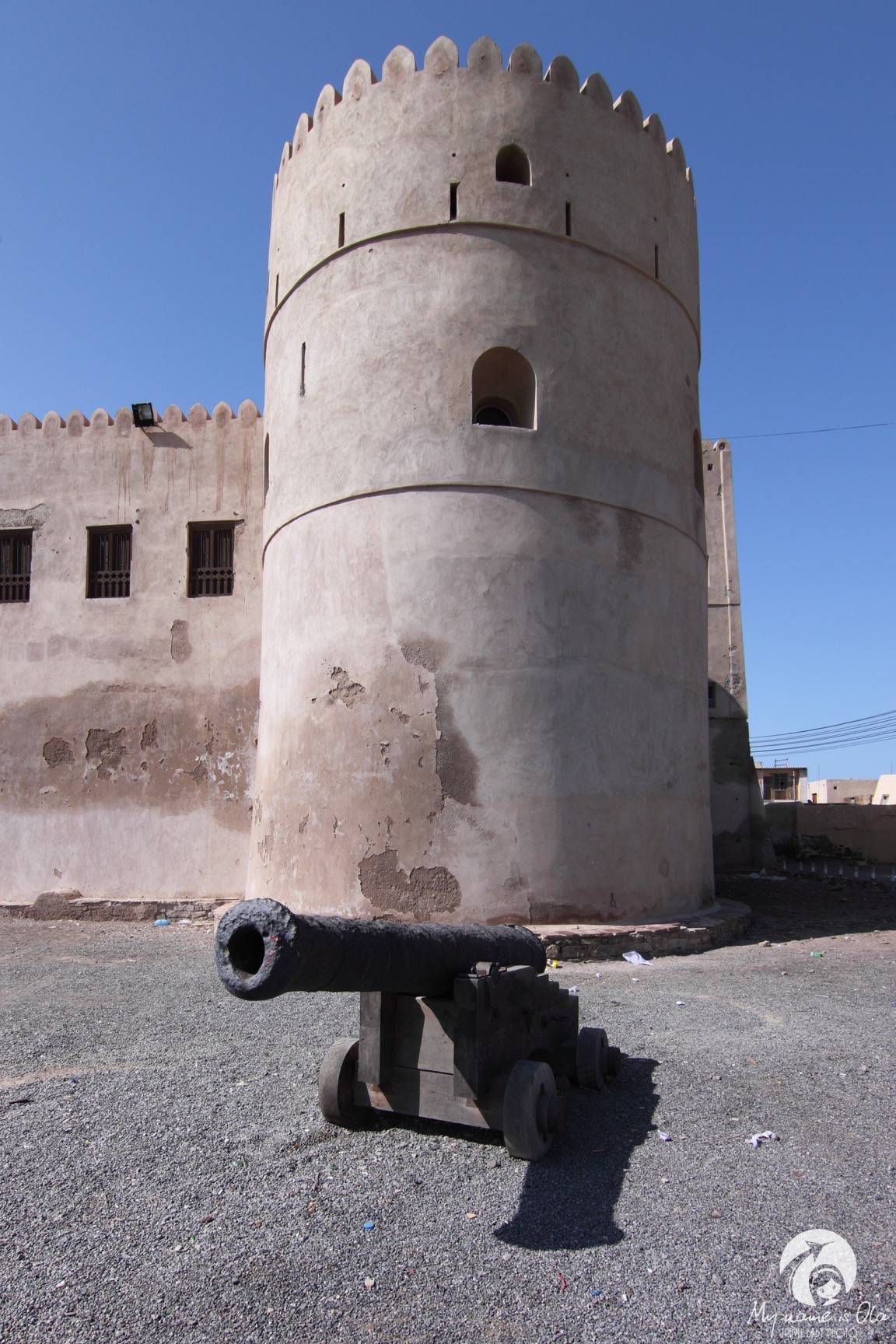
[/photosetgrid]



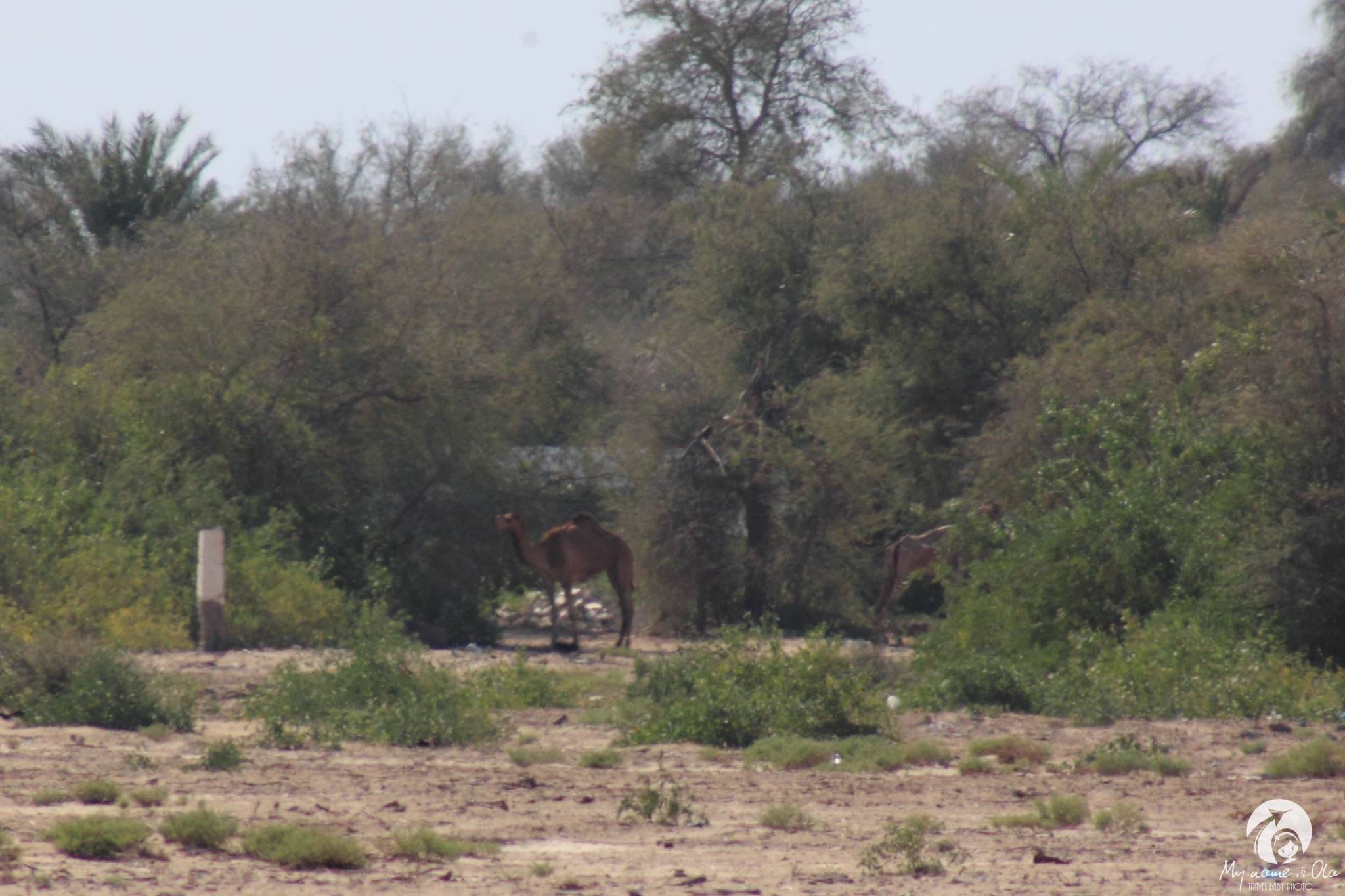








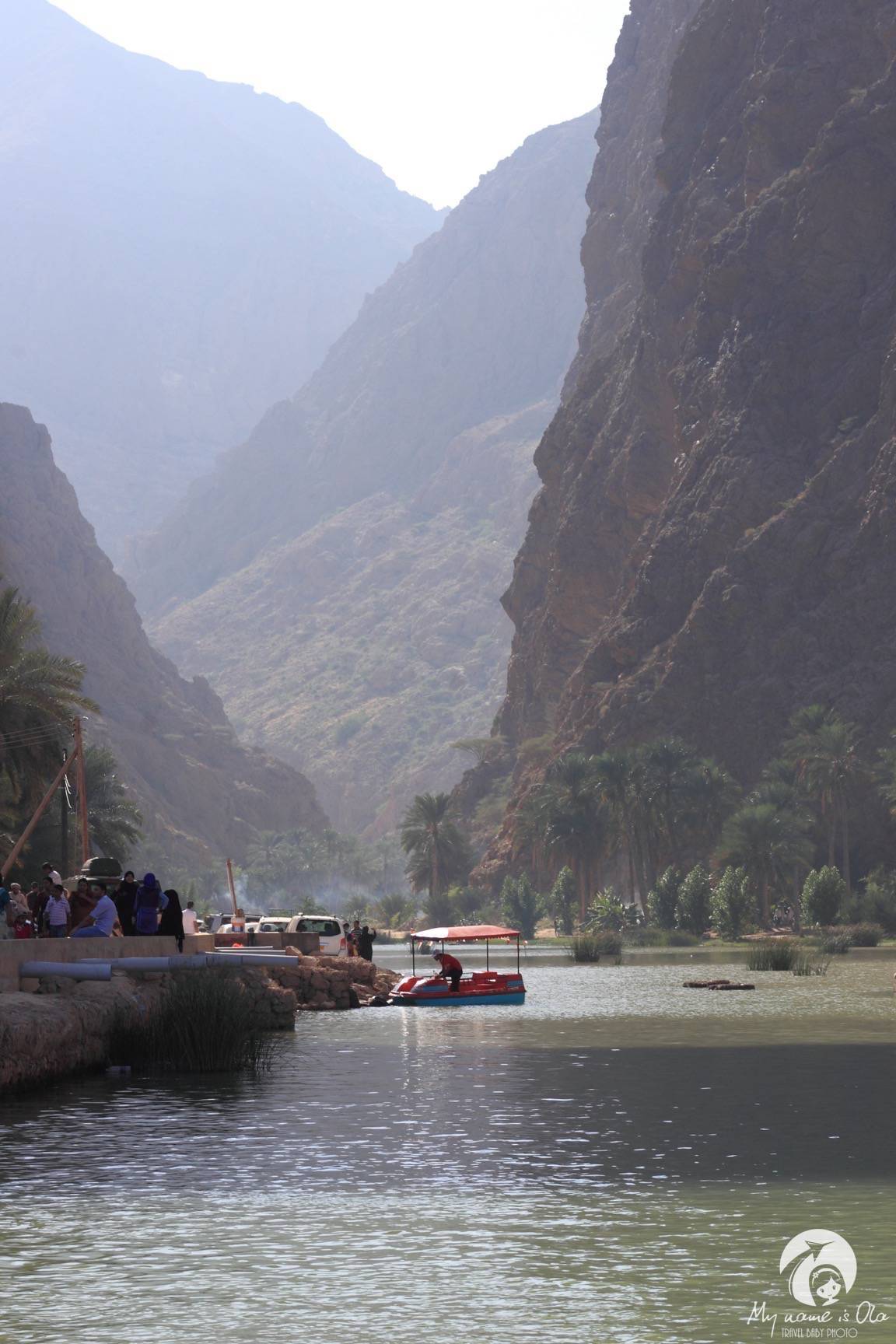
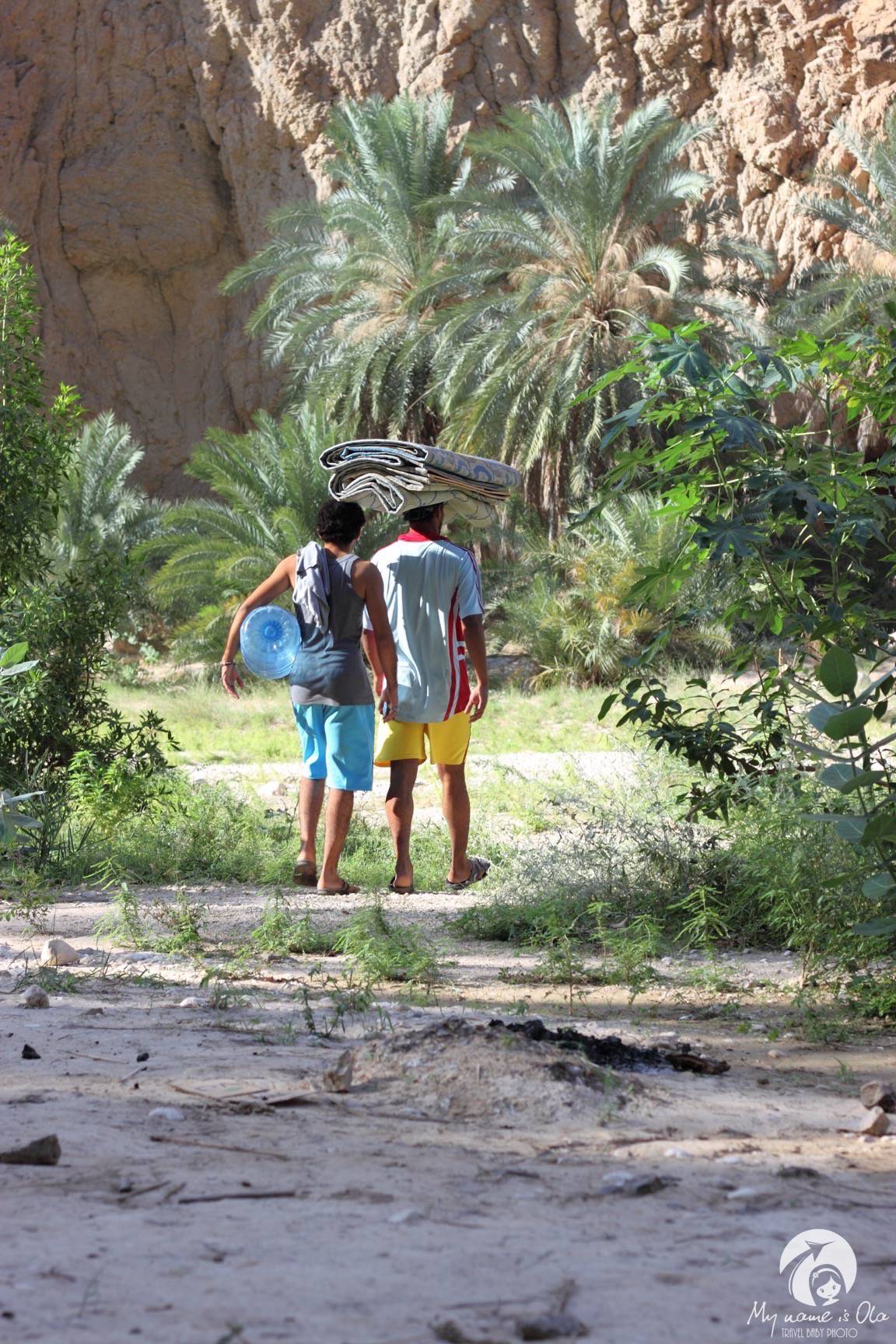



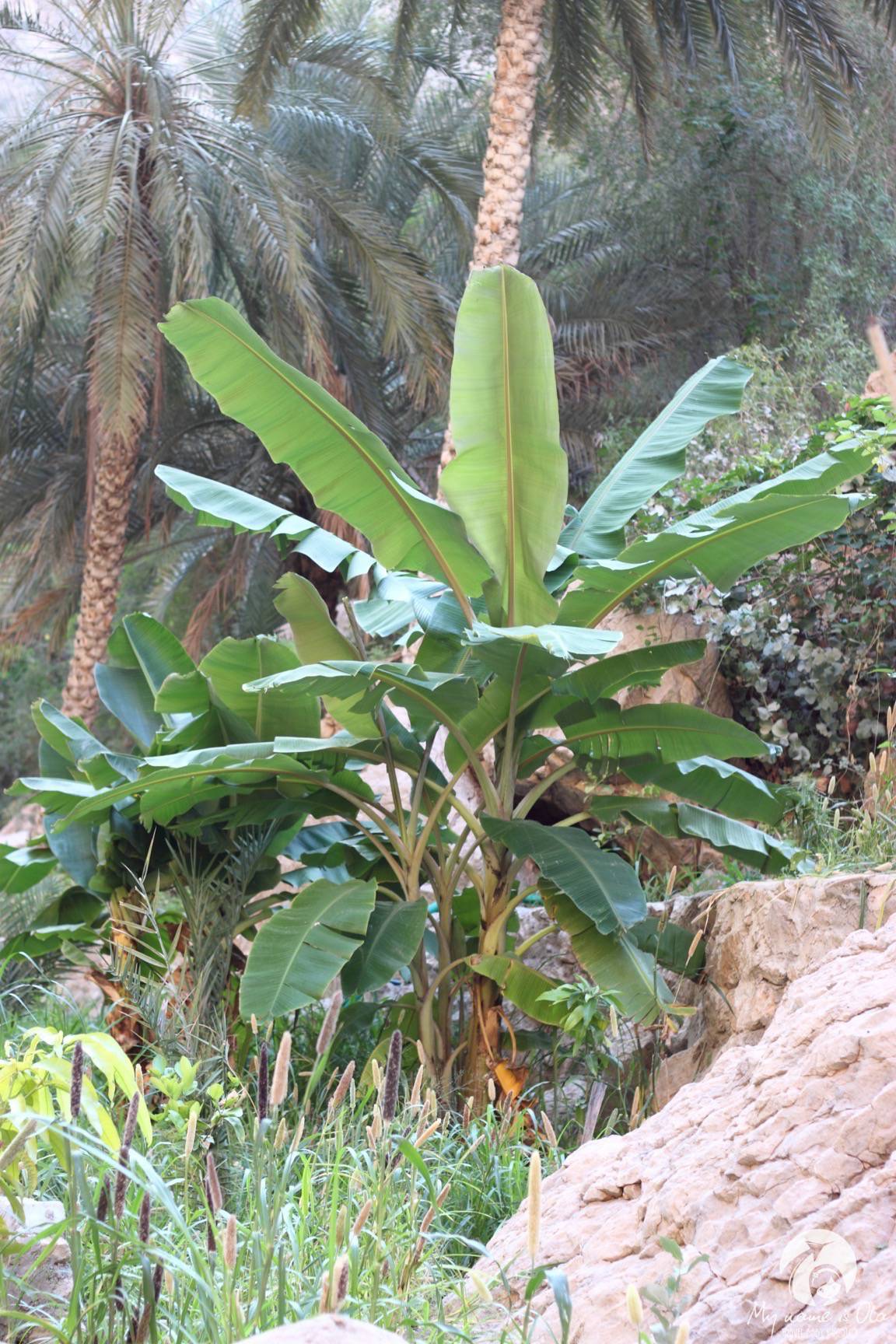

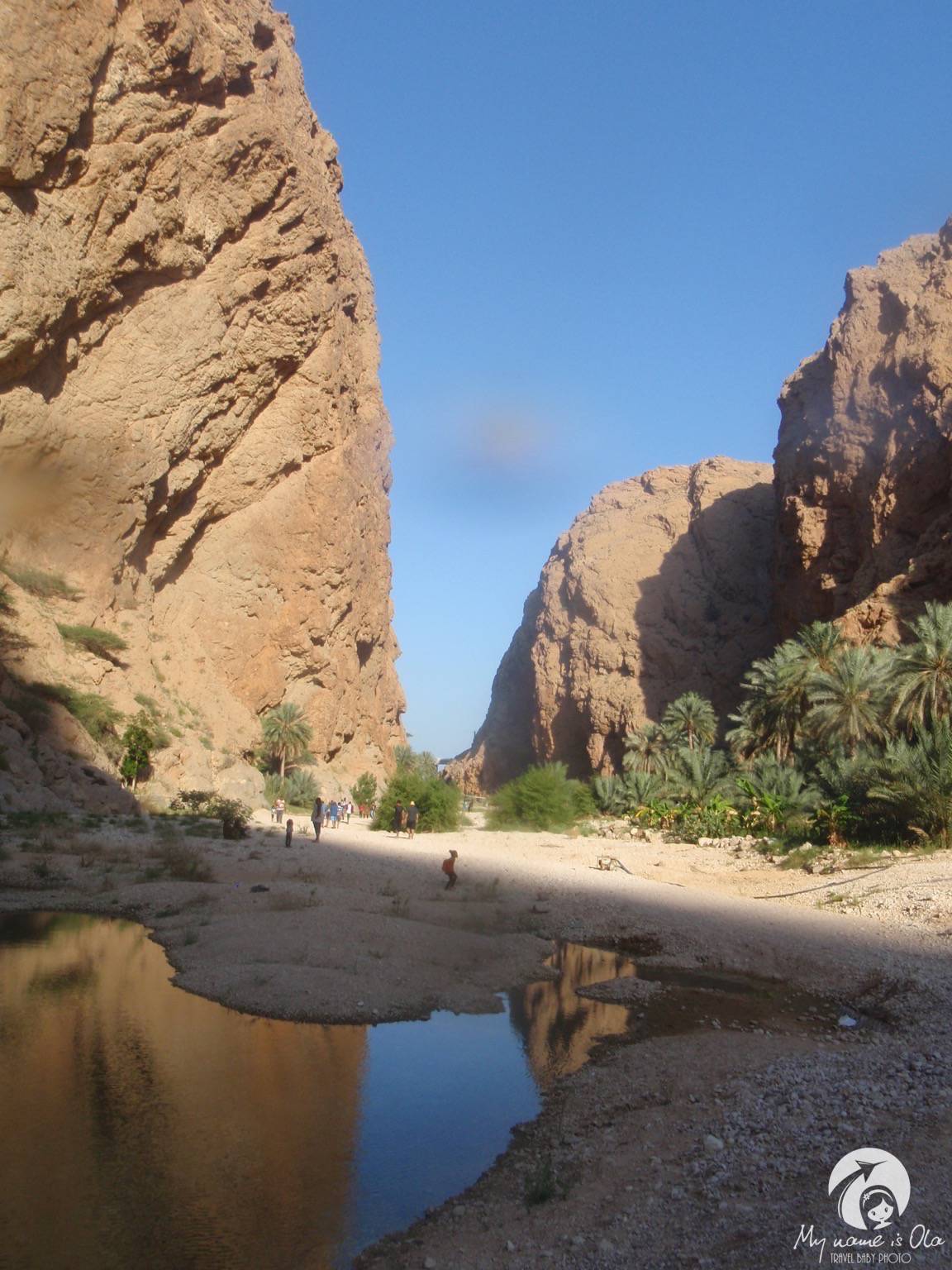
 [/photosetgrid]
[/photosetgrid]

 [/photosetgrid]
[/photosetgrid]
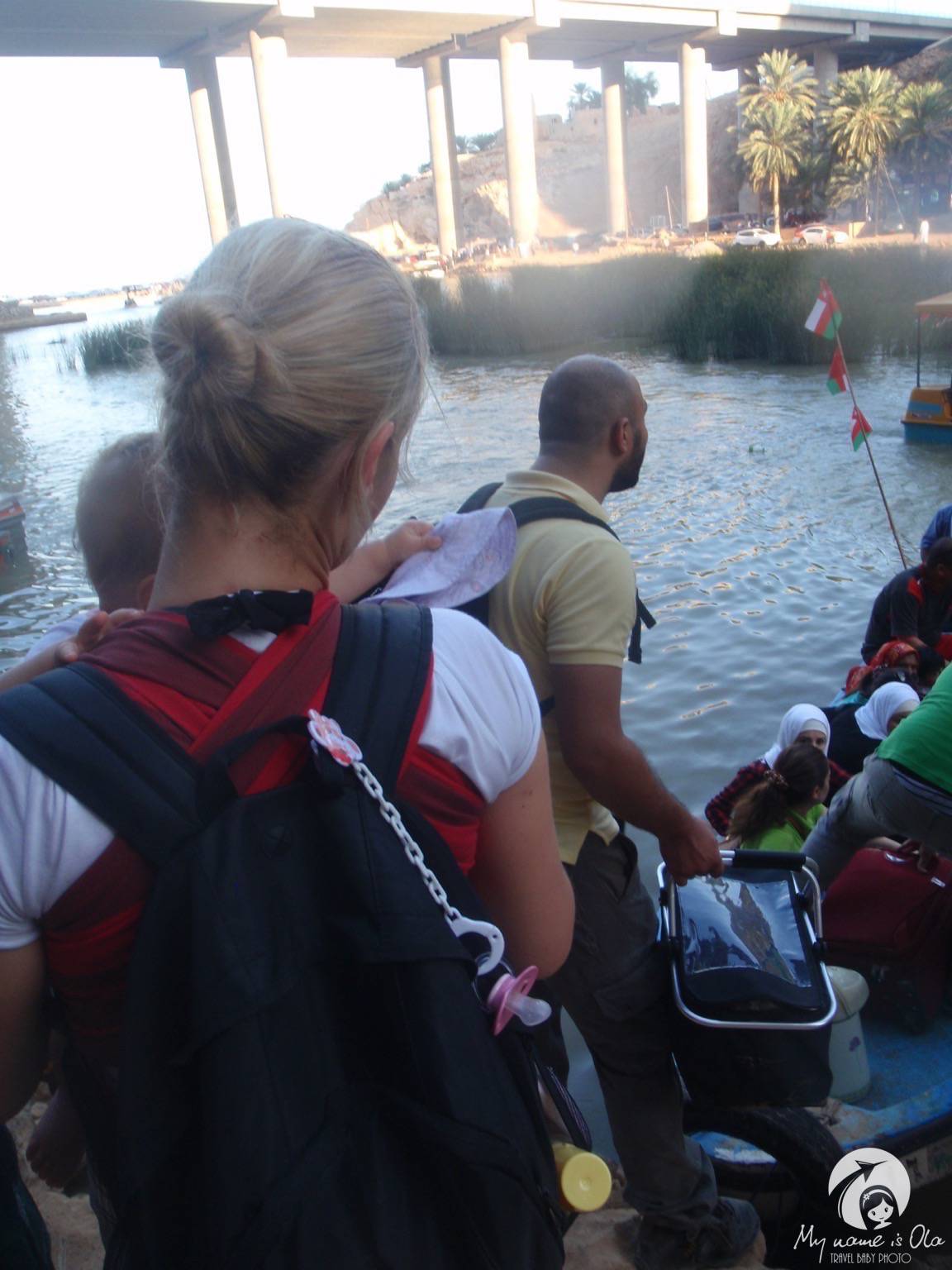
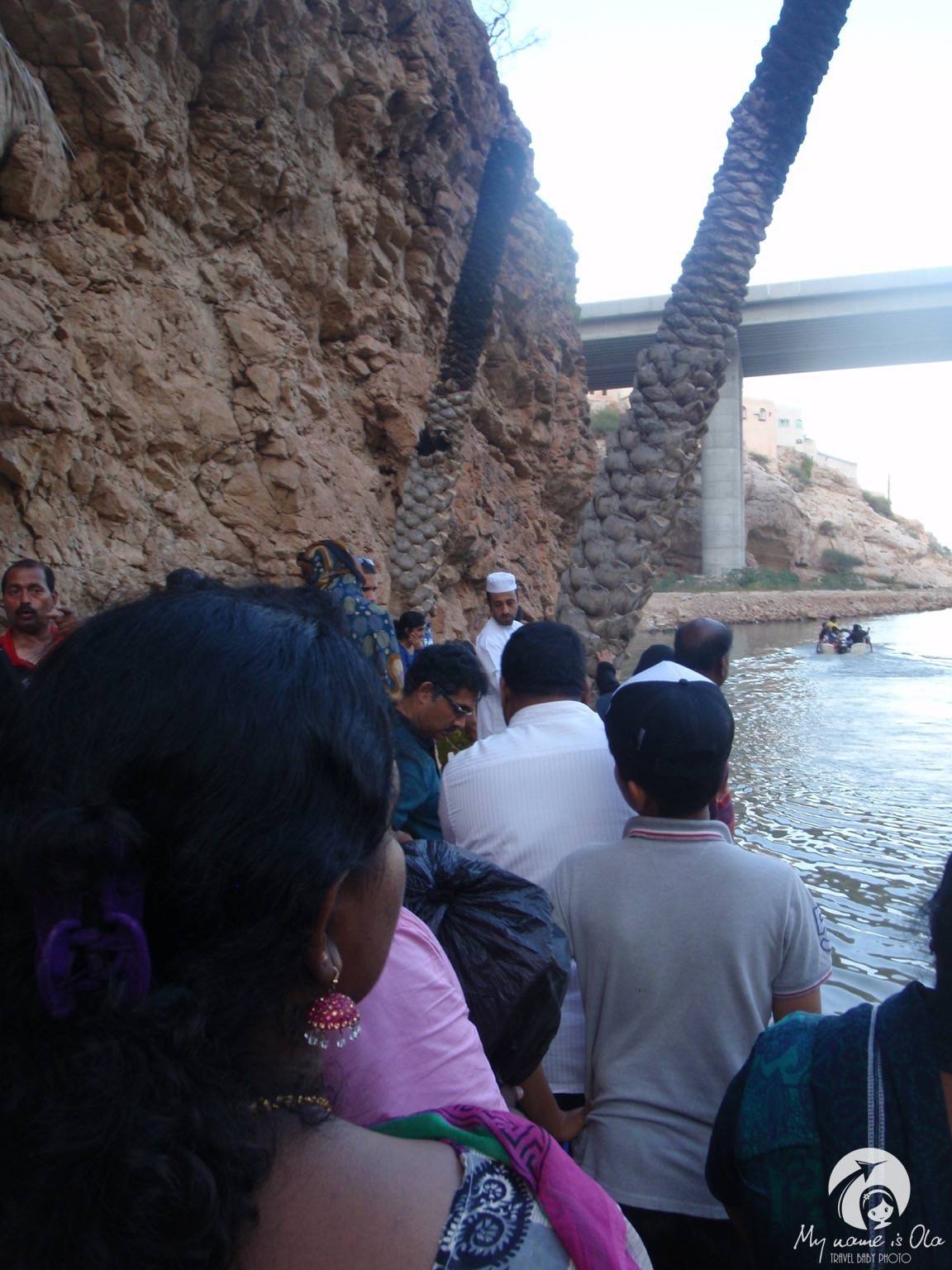 [/photosetgrid] But that was not the people that surprised us. That was their luggage. It’ s undescribable what all those people took with them to spend half the day outdoor. And all that they delivered there by those little boats. That were grills, huge pots (all washed in wadi waters), carpets, portable fridges, baby strollers, baskets, folding chairs and millions of smaller and bigger bags.
[/photosetgrid] But that was not the people that surprised us. That was their luggage. It’ s undescribable what all those people took with them to spend half the day outdoor. And all that they delivered there by those little boats. That were grills, huge pots (all washed in wadi waters), carpets, portable fridges, baby strollers, baskets, folding chairs and millions of smaller and bigger bags.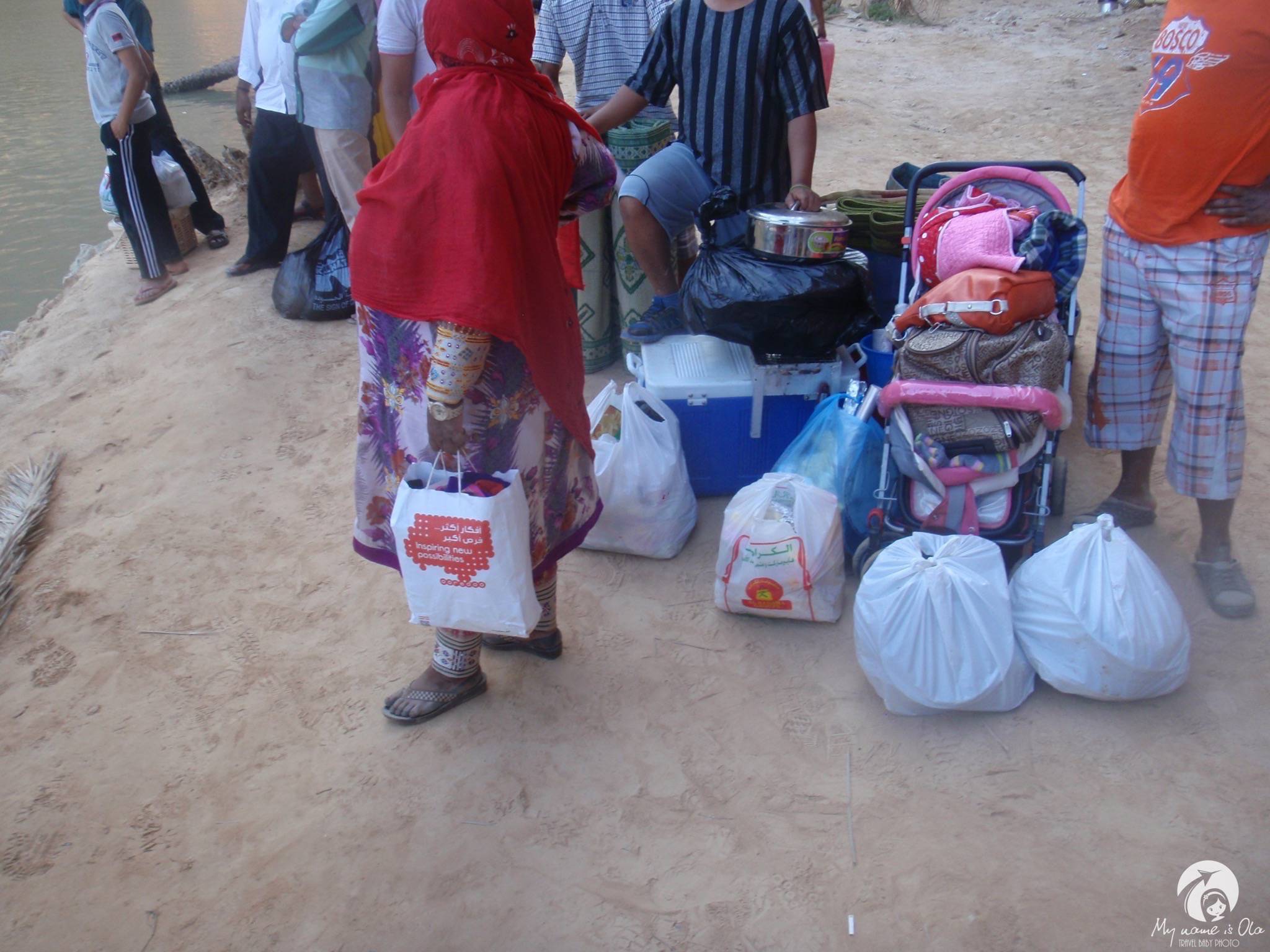
 [/photosetgrid]
[/photosetgrid]
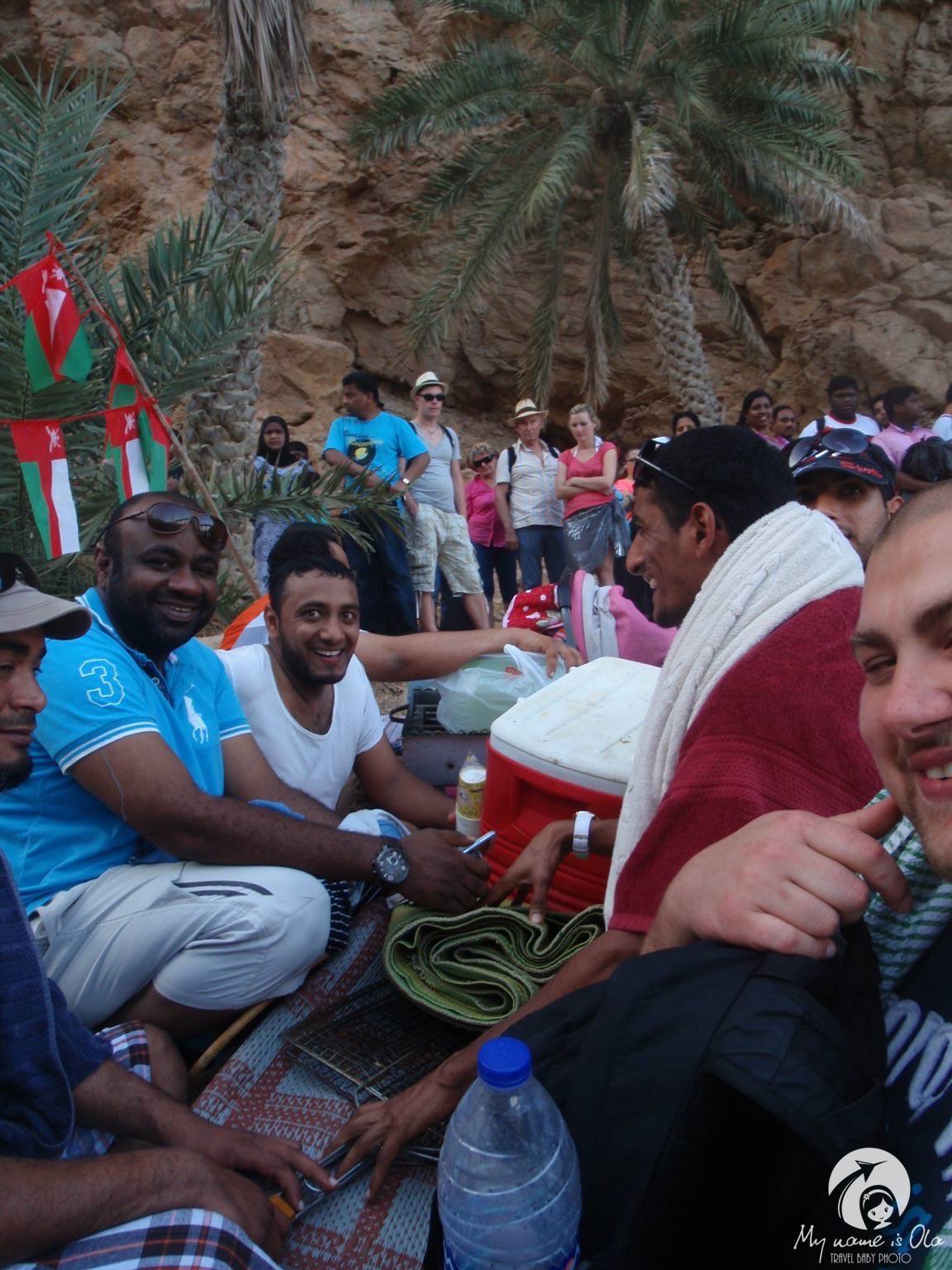
 [/photosetgrid]
[/photosetgrid]
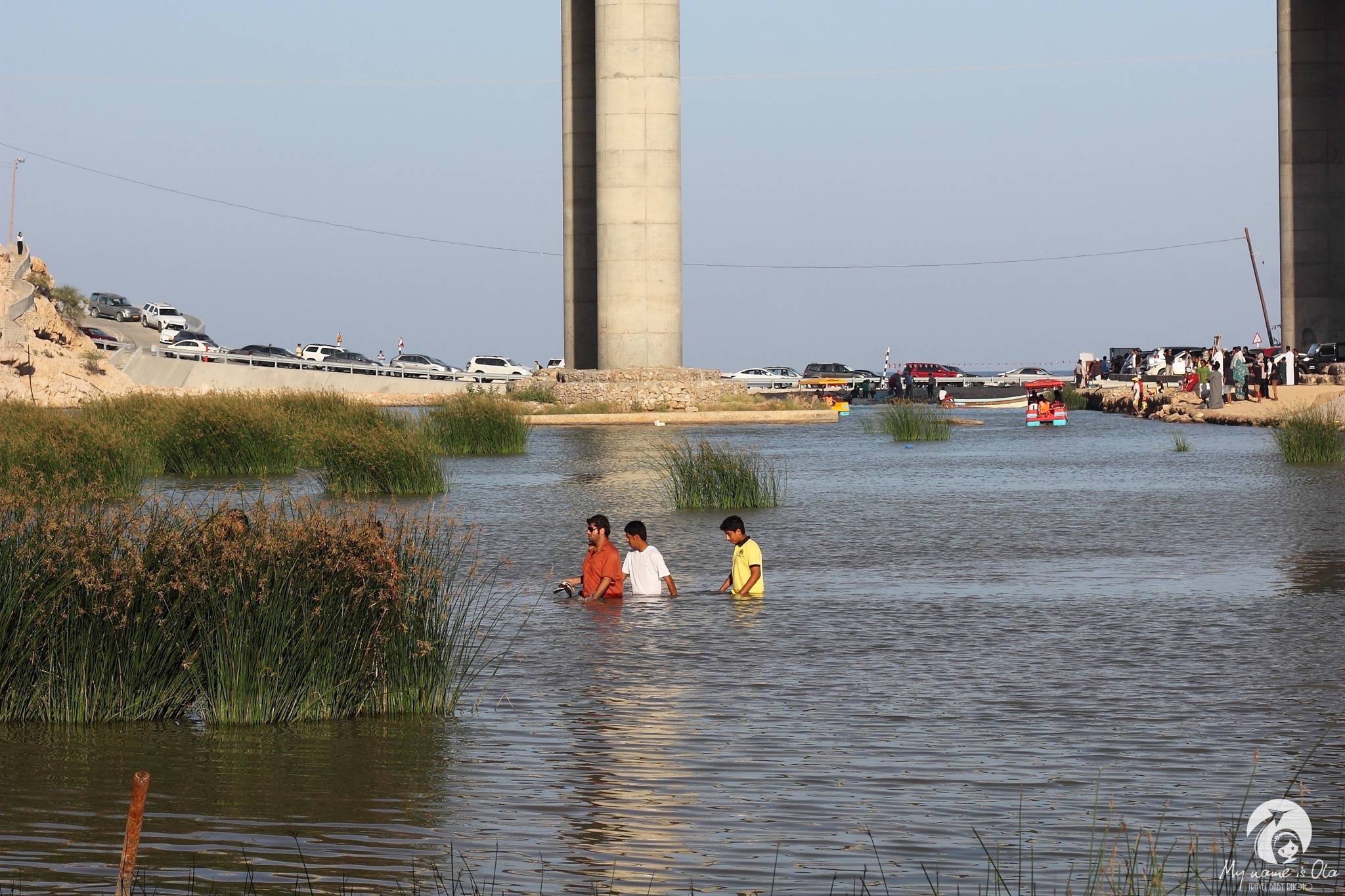 [/photosetgrid]
[/photosetgrid]

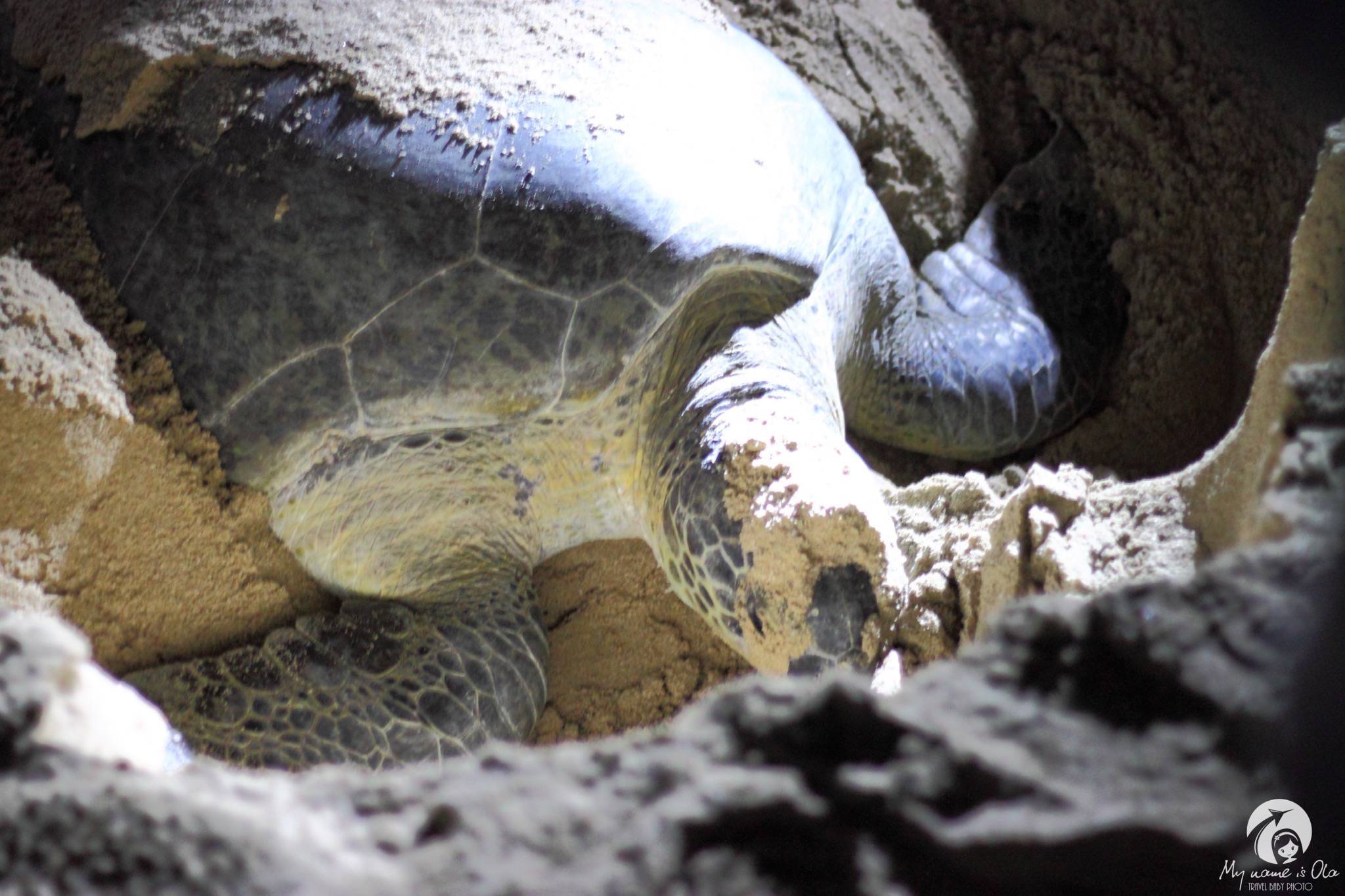



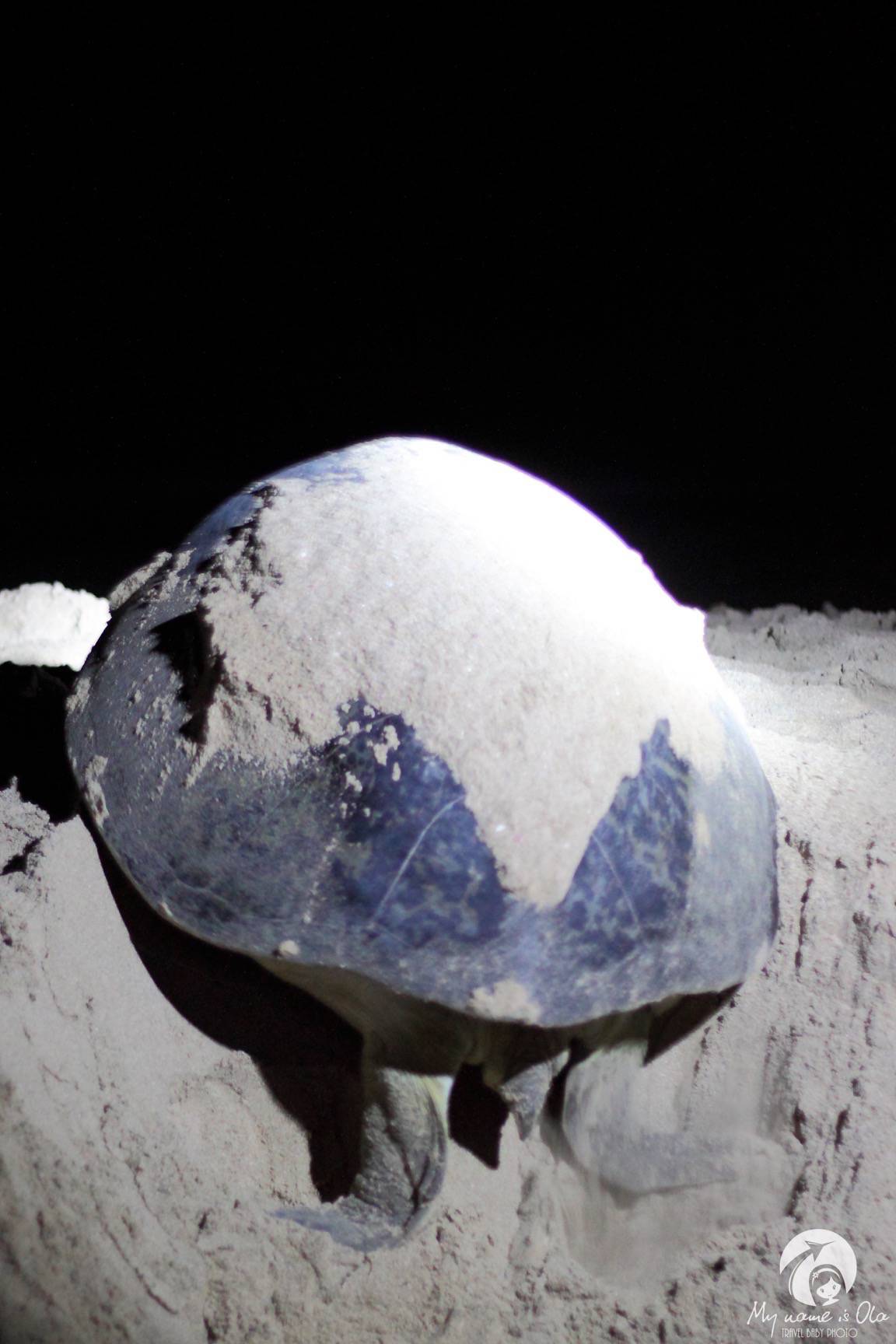
 [/photosetgrid]
[/photosetgrid]



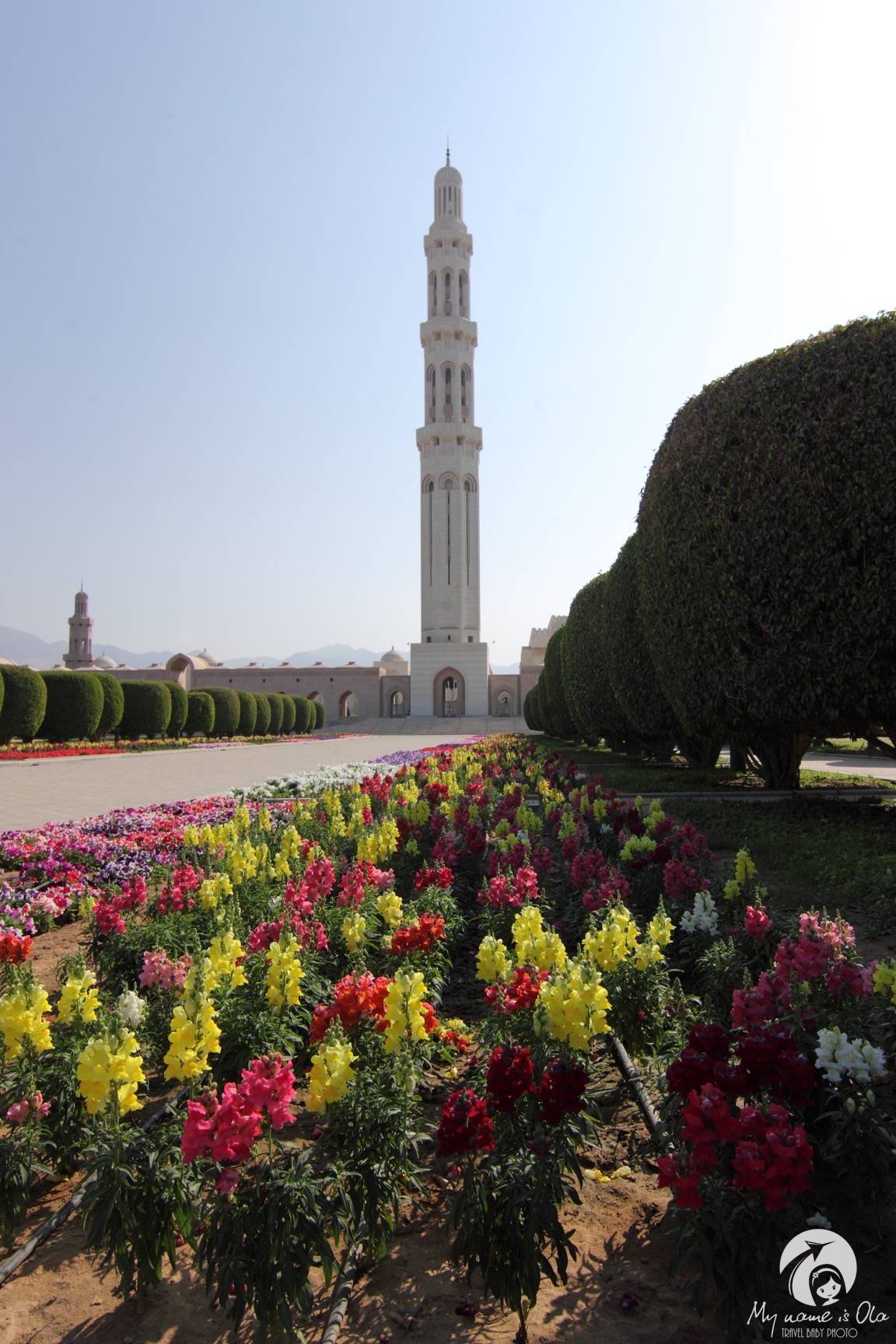
 [/photosetgrid]Since we are talking about carpets – this institution for some time held the title of the mosque with the biggest hand-made carpet in the world. This single-piece carpet covers an area of 4,343 square meters. Its manual production took 600 women 4 years. In 2007 the Abu Dhabi
[/photosetgrid]Since we are talking about carpets – this institution for some time held the title of the mosque with the biggest hand-made carpet in the world. This single-piece carpet covers an area of 4,343 square meters. Its manual production took 600 women 4 years. In 2007 the Abu Dhabi 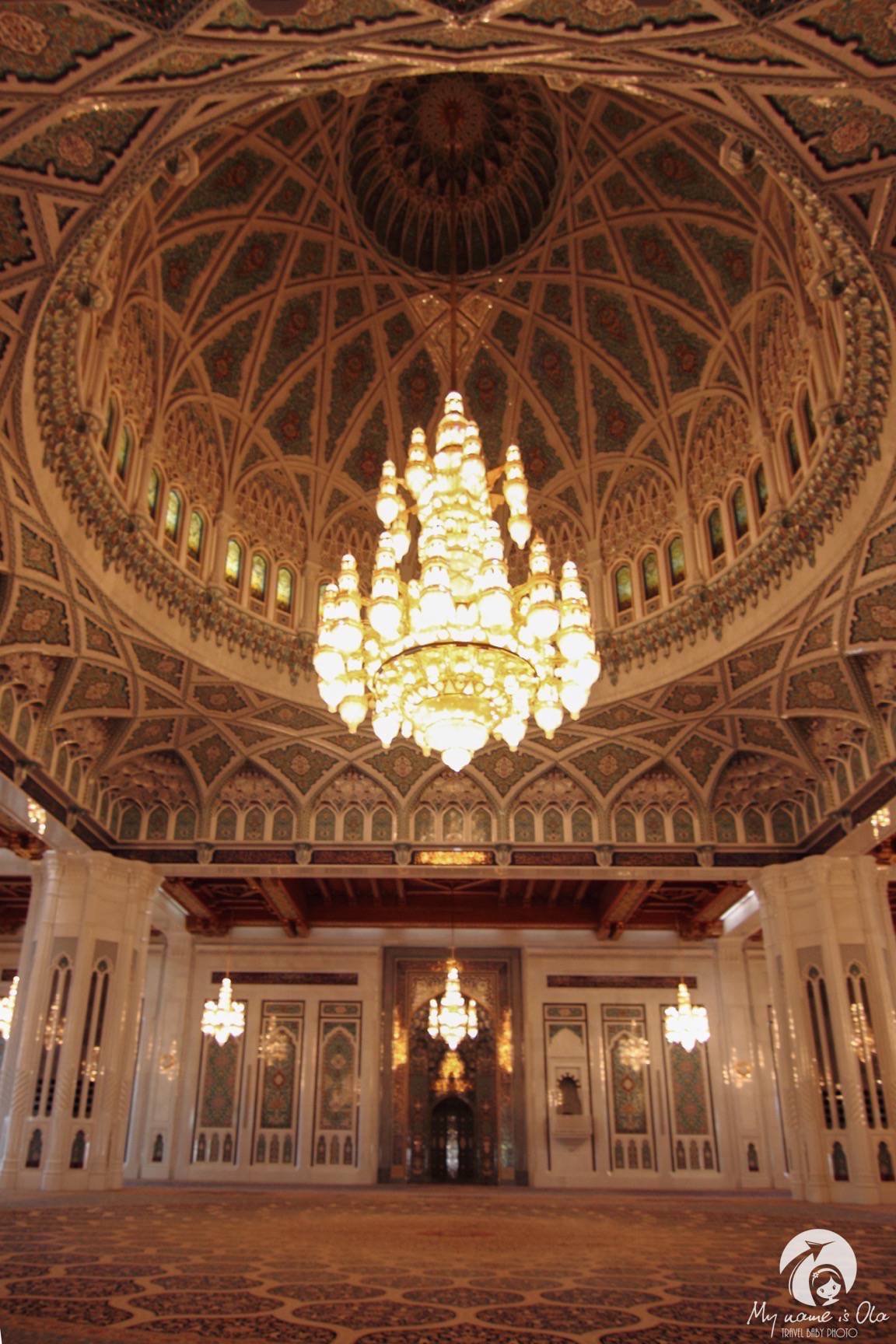

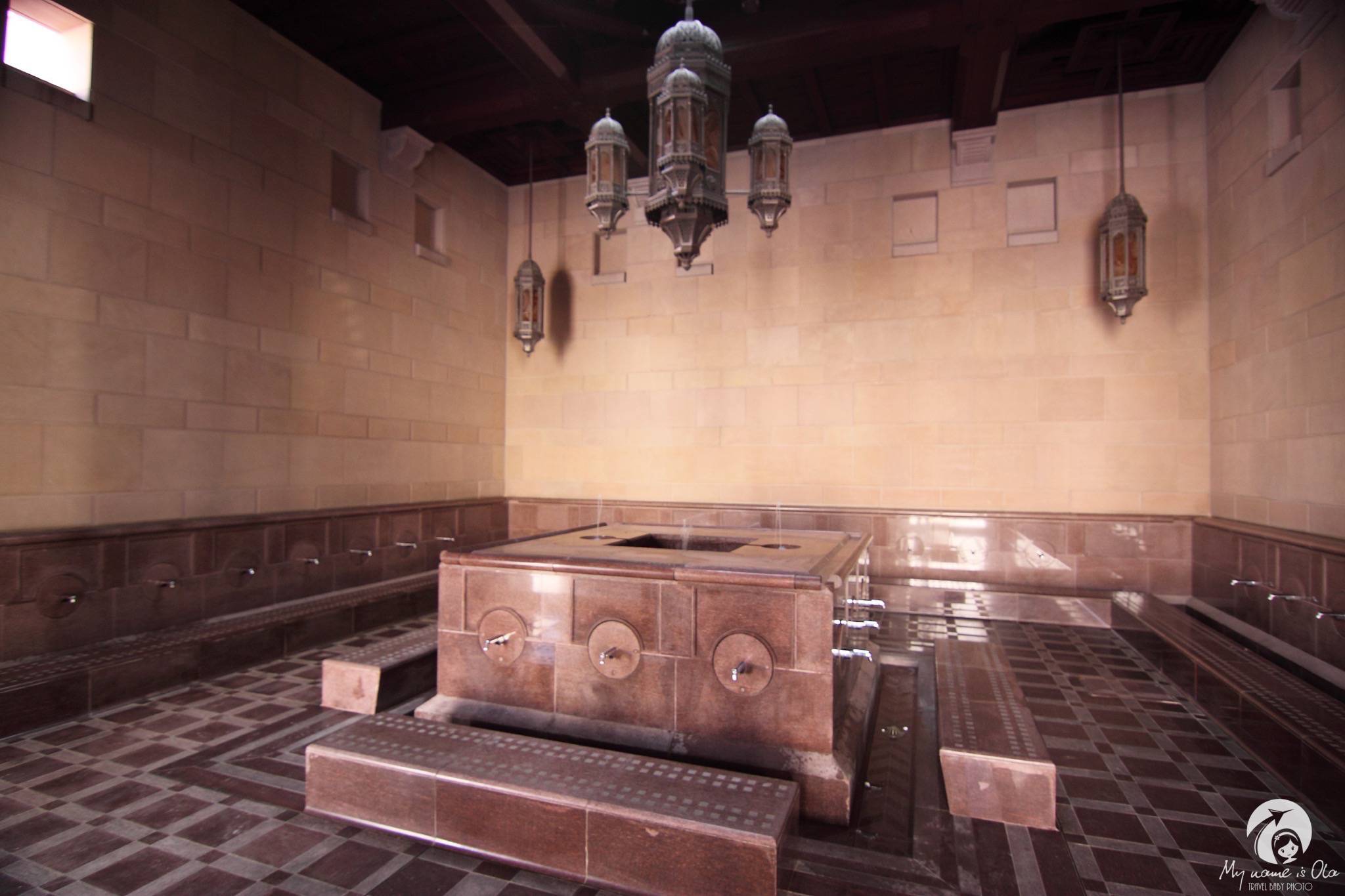





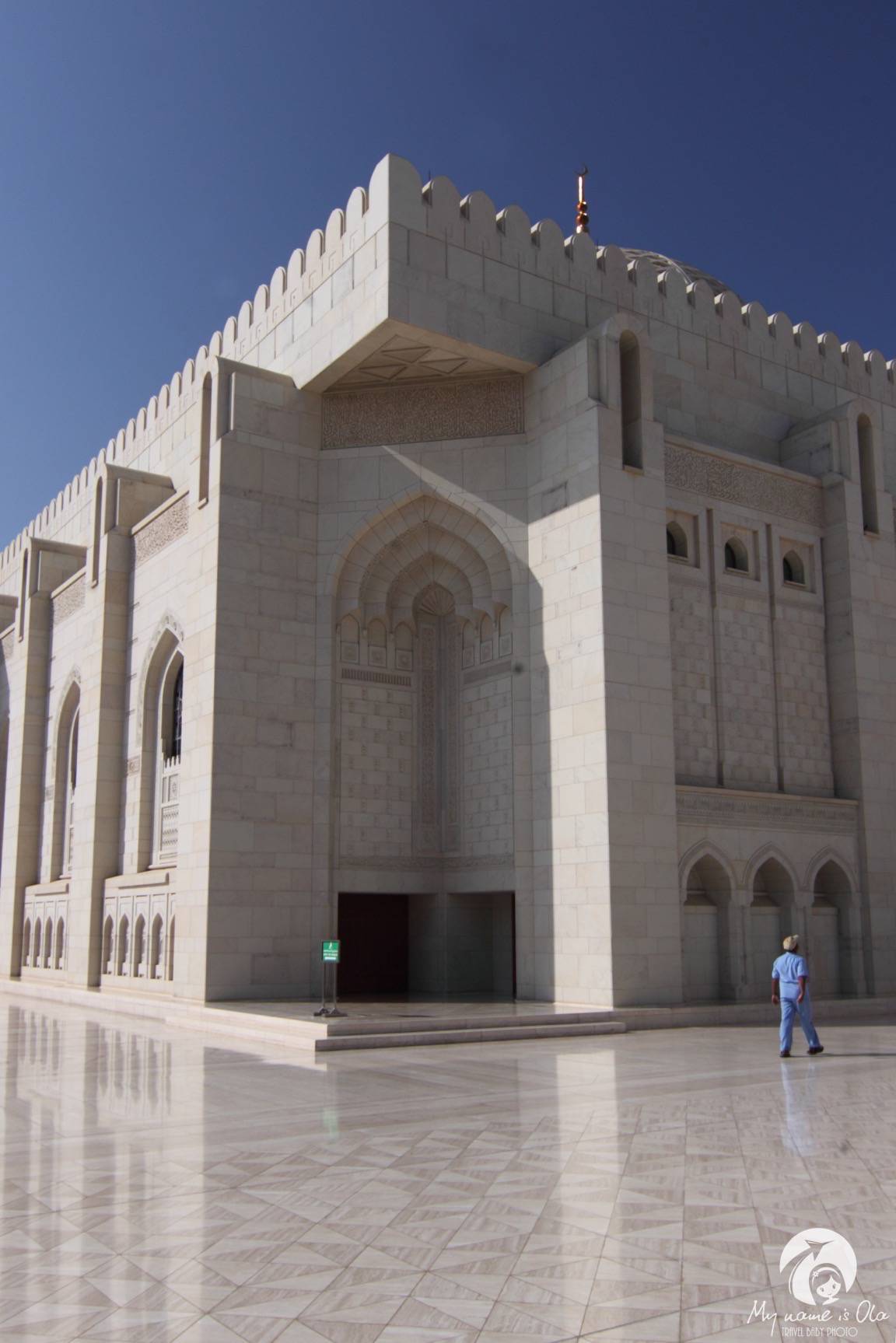


 [/photosetgrid]
[/photosetgrid]




 [/photosetgrid]
[/photosetgrid]

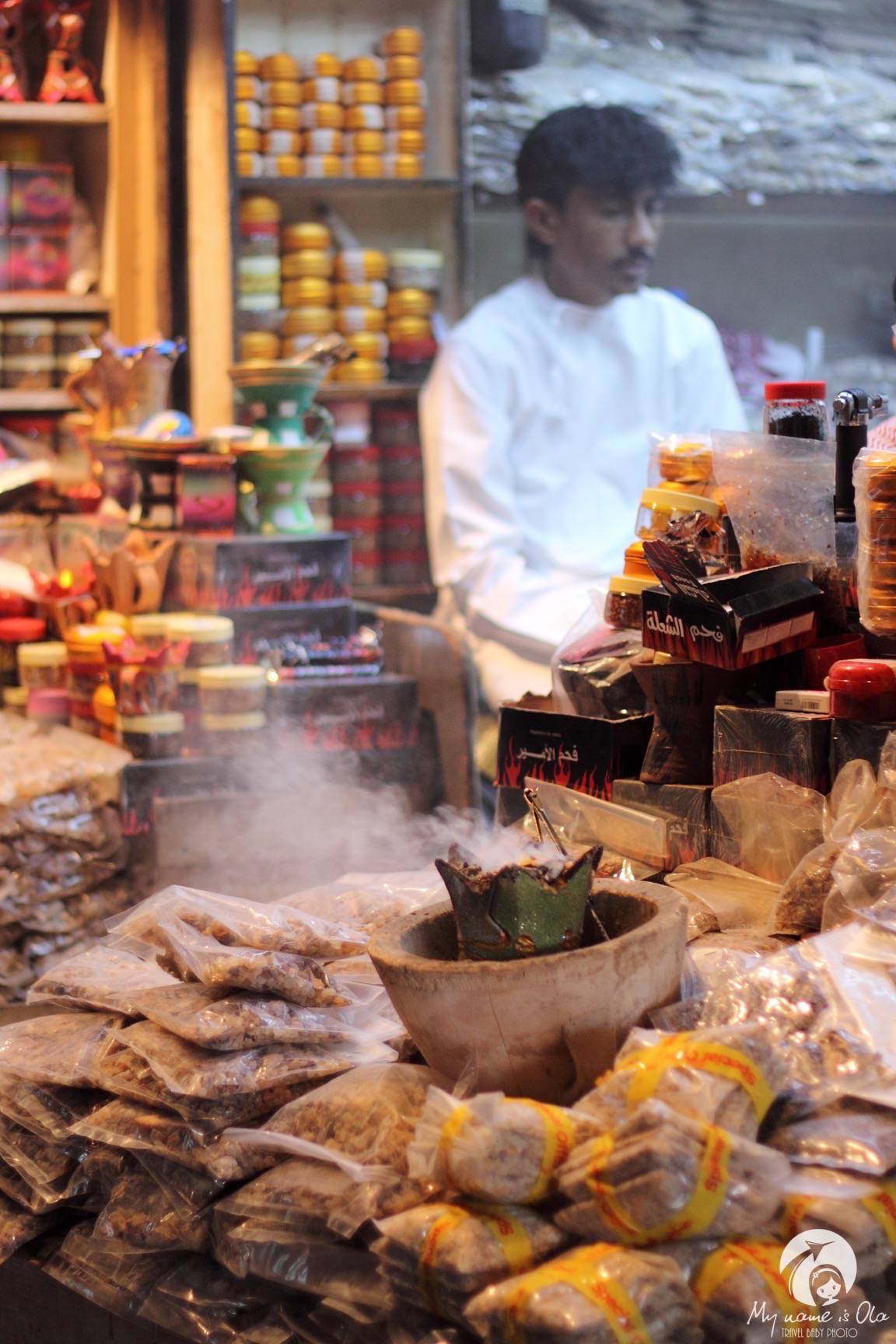




 [/photosetgrid]
[/photosetgrid]


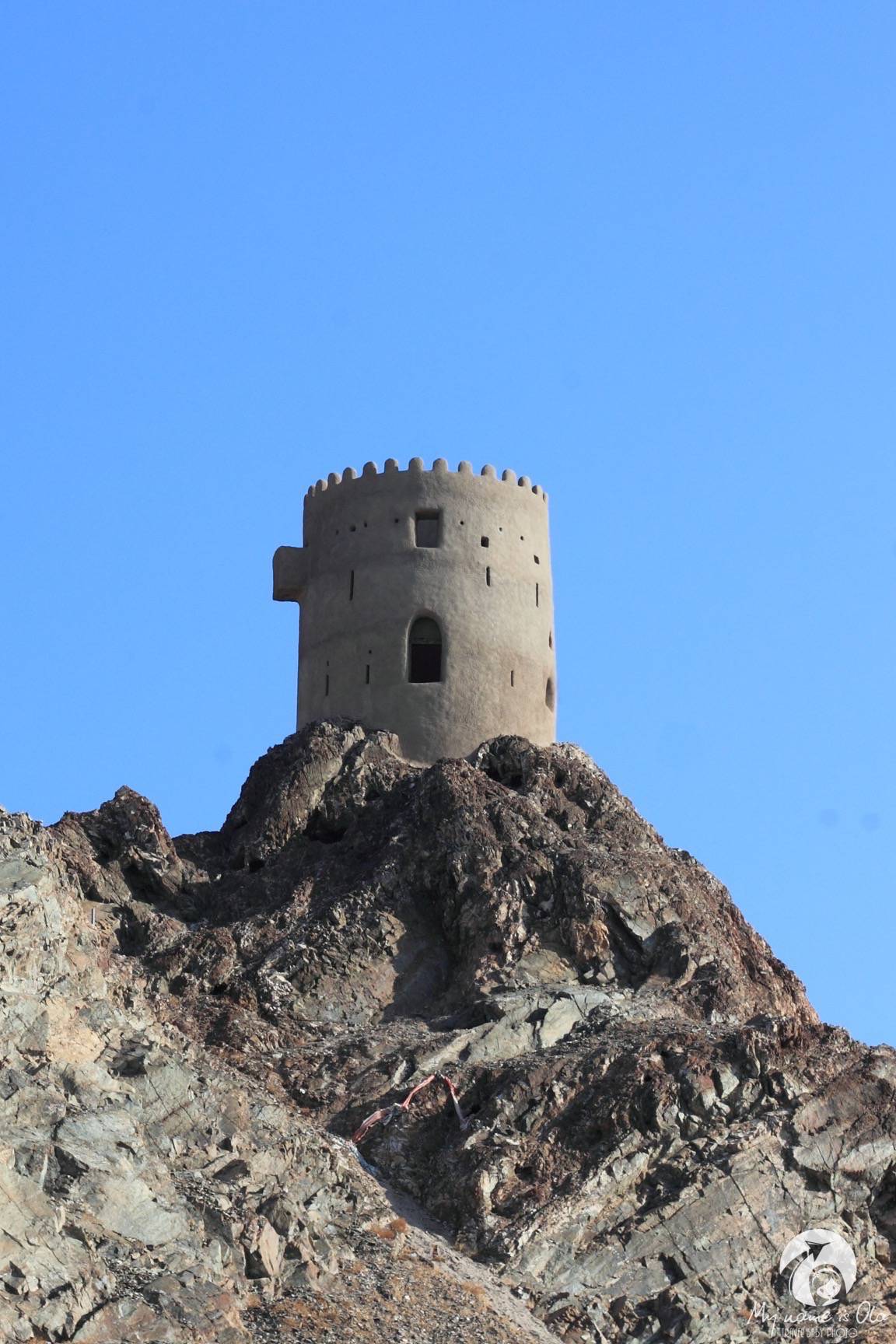
 [/photosetgrid]
[/photosetgrid]
